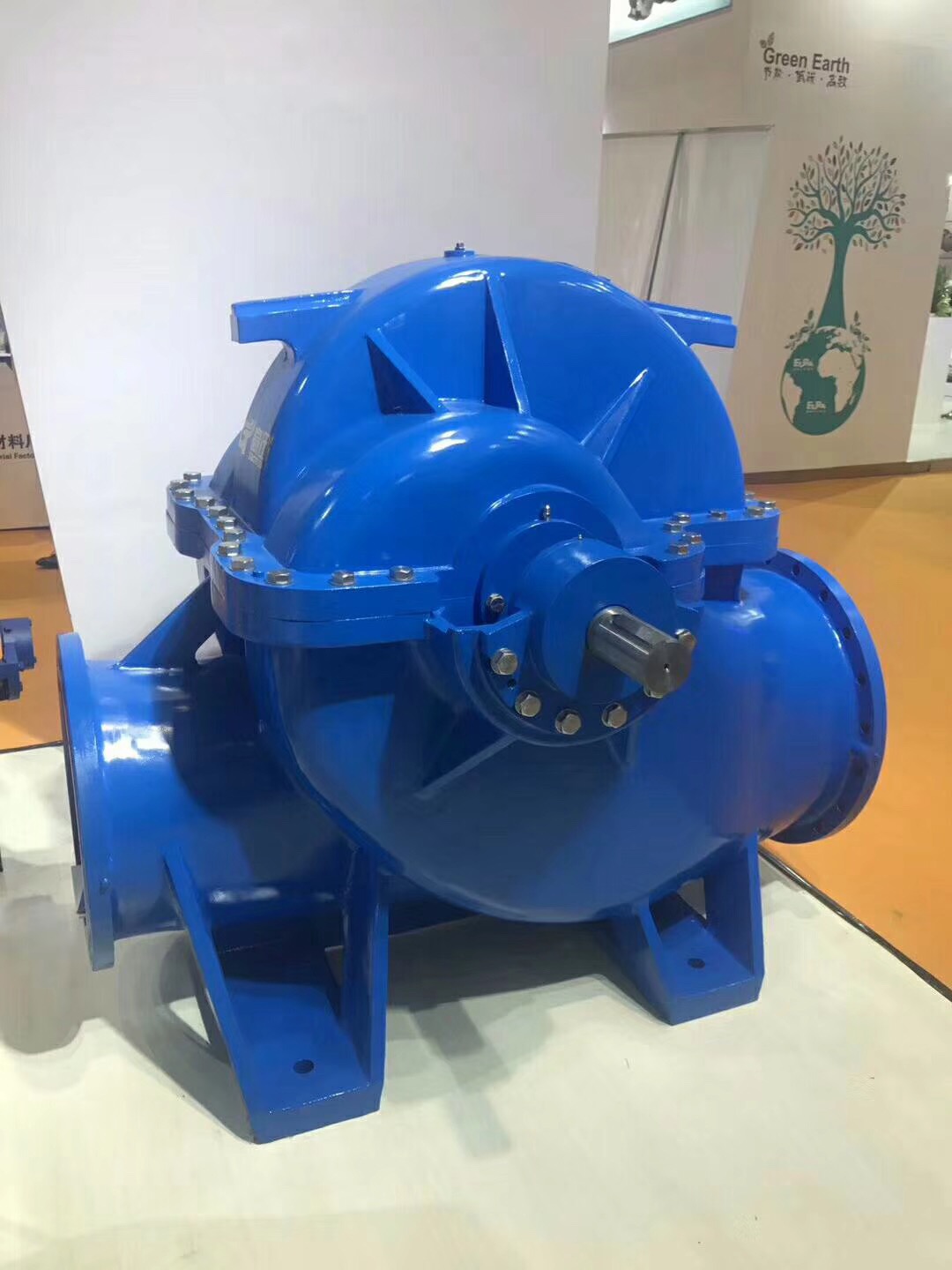English
- Afrikaans
- Albanian
- Amharic
- Arabic
- Armenian
- Azerbaijani
- Basque
- Belarusian
- Bengali
- Bosnian
- Bulgarian
- Catalan
- Cebuano
- Corsican
- Croatian
- Czech
- Danish
- Dutch
- English
- Esperanto
- Estonian
- Finnish
- French
- Frisian
- Galician
- Georgian
- German
- Greek
- Gujarati
- Haitian Creole
- hausa
- hawaiian
- Hebrew
- Hindi
- Miao
- Hungarian
- Icelandic
- igbo
- Indonesian
- irish
- Italian
- Japanese
- Javanese
- Kannada
- kazakh
- Khmer
- Rwandese
- Korean
- Kurdish
- Kyrgyz
- Lao
- Latin
- Latvian
- Lithuanian
- Luxembourgish
- Macedonian
- Malgashi
- Malay
- Malayalam
- Maltese
- Maori
- Marathi
- Mongolian
- Myanmar
- Nepali
- Norwegian
- Norwegian
- Occitan
- Pashto
- Persian
- Polish
- Portuguese
- Punjabi
- Romanian
- Russian
- Samoan
- Scottish Gaelic
- Serbian
- Sesotho
- Shona
- Sindhi
- Sinhala
- Slovak
- Slovenian
- Somali
- Spanish
- Sundanese
- Swahili
- Swedish
- Tagalog
- Tajik
- Tamil
- Tatar
- Telugu
- Thai
- Turkish
- Turkmen
- Ukrainian
- Urdu
- Uighur
- Uzbek
- Vietnamese
- Welsh
- Bantu
- Yiddish
- Yoruba
- Zulu
Telephone: +86 13120555503
Email: frank@cypump.com
Nov . 05, 2024 14:15 Back to list
high head effluent pump
High Head Effluent Pumps Essential Solutions for Wastewater Management
In the world of wastewater management, high head effluent pumps play a crucial role in ensuring that treated effluent is effectively transported from treatment facilities to discharge points or reuse locations. These pumps are specifically designed to handle the demands of lifting wastewater over significant vertical distances, making them indispensable in municipal and industrial applications alike.
Understanding High Head Effluent Pumps
High head effluent pumps are engineered to operate in environments where the elevation difference between the source and the discharge point is considerable. The term “head” in pumping refers to the height to which the pump can raise water, and high head pumps are capable of generating significant pressure to overcome gravitational forces. This capability is particularly important in scenarios where treatment plants are located at a lower elevation compared to downstream discharge points.
Key Features of High Head Effluent Pumps
1. Durability and Reliability These pumps are typically constructed from robust materials to withstand the corrosive nature of wastewater. Stainless steel and cast iron are commonly used, ensuring longevity even in harsh environments.
2. Efficient Operation High head effluent pumps are designed for efficiency, minimizing energy consumption while maximizing output. This efficiency is vital in reducing operational costs, particularly in large-scale applications where energy use can significantly impact the bottom line.
3. Versatile Applications Beyond municipal wastewater systems, high head effluent pumps are utilized in various industries, including agriculture, manufacturing, and mining. They can handle not only treated sewage but also industrial effluents with varying levels of solids and chemicals.
high head effluent pump

4. Advanced Technology Many modern high head effluent pumps come equipped with smart technology that allows for remote monitoring and control. This feature enables operators to adjust settings and diagnose issues in real-time, thus minimizing downtime and enhancing overall system efficiency.
Importance in Wastewater Treatment
Effective wastewater management is essential for environmental protection and public health. High head effluent pumps ensure that treated wastewater is discharged responsibly, reducing pollution and safeguarding natural water bodies. In many regions, the reuse of treated effluent for irrigation or industrial processes further emphasizes the importance of reliable pump systems capable of transporting water over challenging elevations.
Environmental Considerations
The use of high head effluent pumps also aligns with sustainability efforts. By facilitating the safe management and reuse of water, these pumps contribute to water conservation and reduce the demand on freshwater resources. Furthermore, advancements in pump technology aim to lower greenhouse gas emissions associated with wastewater treatment processes, making high head effluent pumps an integral part of eco-friendly solutions.
Conclusion
High head effluent pumps are vital components in the infrastructure of modern wastewater management systems. Their ability to efficiently transport treated effluent over significant distances not only enhances operational effectiveness but also aligns with broader environmental and sustainability goals. As technology continues to evolve, these pumps will undoubtedly play an even more significant role in managing our water resources responsibly and efficiently. Their significance in both municipal and industrial settings underscores the necessity for continued investment and innovation in this crucial area of environmental engineering. In summary, high head effluent pumps are not just mechanical devices; they are key players in the quest for sustainable water management solutions.
-
ISG Series Vertical Pipeline Pump - Chi Yuan Pumps Co., LTD.
NewsJul.30,2025
-
ISG Series Vertical Pipeline Pump - Chi Yuan Pumps Co., LTD.|energy-efficient fluid handling&industrial durability
NewsJul.30,2025
-
ISG Series Vertical Pipeline Pump - Chi Yuan Pumps | Advanced Engineering&Industrial Efficiency
NewsJul.30,2025
-
ISG Series Pipeline Pump - Chi Yuan Pumps | High Efficiency, Energy Saving
NewsJul.30,2025
-
ISG Series Vertical Pipeline Pump-Chi Yuan Pumps|High Efficiency&Reliable Performance
NewsJul.29,2025
-
ISG Series Vertical Pipeline Pump|High Efficiency&Low Noise
NewsJul.29,2025










